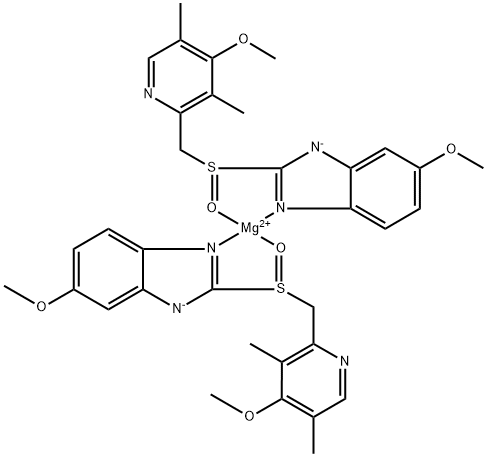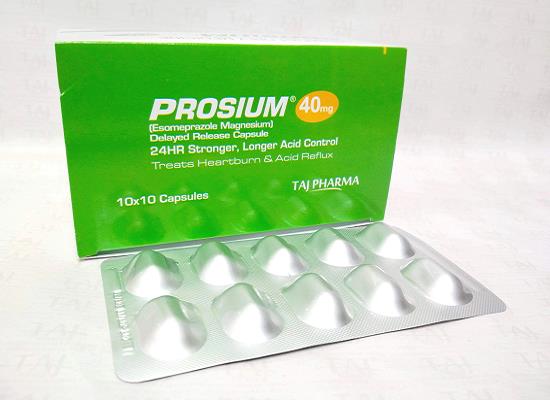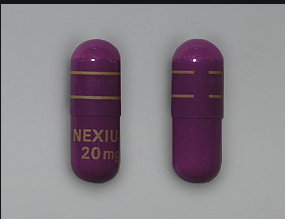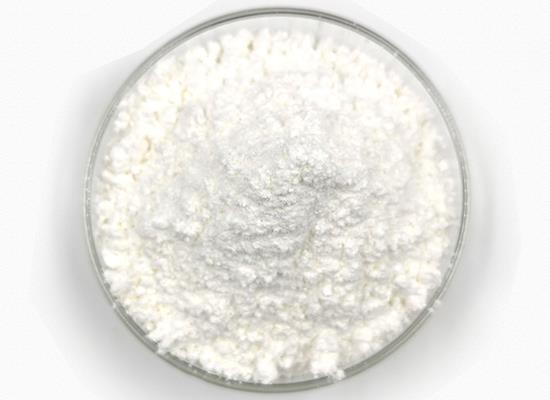Esomeprazole Magnesium: Overview, Side Effects and Dosage
General Description
Esomeprazole magnesium, a proton pump inhibitor, effectively reduces gastric acid secretion to treat conditions like gastroesophageal reflux disease (GERD) and stomach ulcers. As the S-isomer of omeprazole, it offers a more targeted approach to managing acid-related disorders. Side effects range of Esomeprazole magnesium from common issues like diarrhea and headaches to severe reactions such as seizures and rapid weight gain, necessitating immediate medical attention for serious symptoms. Dosage guidelines vary, with specific recommendations for intravenous administration in adults and adjusted doses for pediatric patients and those with hepatic impairment. It's crucial to follow proper administration instructions of Esomeprazole magnesium to ensure safety and efficacy.
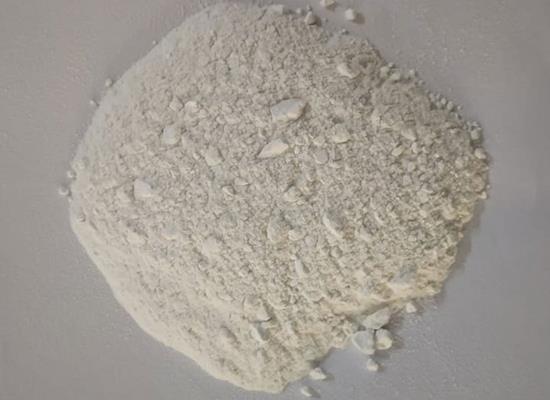
Figure 1. Esomeprazole magnesium
Overview
Esomeprazole magnesium is a form of esomeprazole, a proton pump inhibitor (PPI) used to reduce gastric acid secretion. Esomeprazole magnesium is the S-isomer of omeprazole, which consists of both S- and R-isomers, making esomeprazole a more targeted form of the medication. Esomeprazole magnesium is designed to treat conditions such as gastroesophageal reflux disease (GERD), stomach ulcers, and other situations where reducing stomach acid is beneficial. The active ingredient in medications like NEXIUM® I.V. for Injection is closely related, being esomeprazole sodium, which highlights its solubility in water and ethanol, ensuring its efficacy in intravenous administration. Esomeprazole magnesium’s effectiveness is attributed to its ability to inhibit the enzyme system responsible for acid production in the stomach, providing relief from acid-related symptoms and conditions. The chemical structure and properties of Esomeprazole magnesium, including its molecular weight and solubility, underline its therapeutic application in managing acid secretion disorders. 1
Side effects
Esomeprazole magnesium, known by the brand name Nexium, is associated with a range of side effects. Serious side effects of Esomeprazole magnesium include severe stomach pain, watery or bloody diarrhea, seizures, limited or no urination, blood in urine, swelling, rapid weight gain, dizziness, irregular heart rate, muscle tremors or jerking movements, jitteriness, muscle cramps, spasms in hands and feet, coughing or choking sensation, joint pain, and skin rash that worsens with sun exposure. Immediate medical attention is advised if these symptoms occur. Common side effects of Esomeprazole magnesium comprise diarrhea, nausea, vomiting, stomach pain, gas, constipation, headaches, drowsiness, dry mouth, rash, dizziness, and nervousness. Additionally, urgent care is necessary for severe eye symptoms like sudden vision loss or eye pain, serious heart symptoms including irregular heartbeats or shortness of breath, and neurological issues such as severe headache, confusion, or coordination loss. This overview does not encompass all potential side effects of Esomeprazole magnesium, and consulting a healthcare provider for more information is recommended. 2
Dosage
Esomeprazole magnesium, utilized in treating gastroesophageal reflux disease with erosive esophagitis and for the risk reduction of rebleeding of gastric or duodenal ulcers, follows specific dosage guidelines. For adult patients with GERD with EE, the recommended dosage is either 20 mg or 40 mg of Esomeprazole magnesium I.V., administered daily through intravenous injection over at least 3 minutes or via intravenous infusion lasting between 10 to 30 minutes, not exceeding 10 days. Pediatric dosages are determined by age and body weight, ranging from 0.5 mg/kg for infants under one year to 10 mg or 20 mg for children and adolescents, depending on their weight. Transitioning to oral therapy from intravenous administration is advised as soon as it's feasible. For adults undergoing endoscopic treatment for gastric or duodenal ulcers, an initial dose of 80 mg Esomeprazole magnesium I.V. is given as an intravenous infusion over 30 minutes, followed by a continuous infusion of 8 mg/hour for a total of 72 hours. Dosage adjustments are necessary for patients with hepatic impairment; those with severe impairment should not exceed 20 mg once daily for GERD with EE, and specific infusion rates are recommended based on the severity of hepatic impairment for ulcer rebleeding prevention. Preparation and administration instructions emphasize avoiding concomitant administration with other medications through the same intravenous site and/or tubing, and the necessity of visual inspection for particulate matter and discoloration before and during administration. Oral antacids may be used concurrently with Esomeprazole magnesium I.V. therapy. 1
Reference
1. Baker DE. Esomeprazole magnesium (Nexium). Rev Gastroenterol Disord. 2001;1(1):32-41.
2. John P. Cunha, DO, FACOEP. NEXIUM. Rxlist. 2023.
You may like
Related articles And Qustion
Lastest Price from Esomeprazole magnesium manufacturers

US $150.00/kg2025-04-21
- CAS:
- 161973-10-0
- Min. Order:
- 1kg
- Purity:
- 99%
- Supply Ability:
- 500kg

US $1.00/KG2025-03-21
- CAS:
- 161973-10-0
- Min. Order:
- 1KG
- Purity:
- 99.99%
- Supply Ability:
- 200
